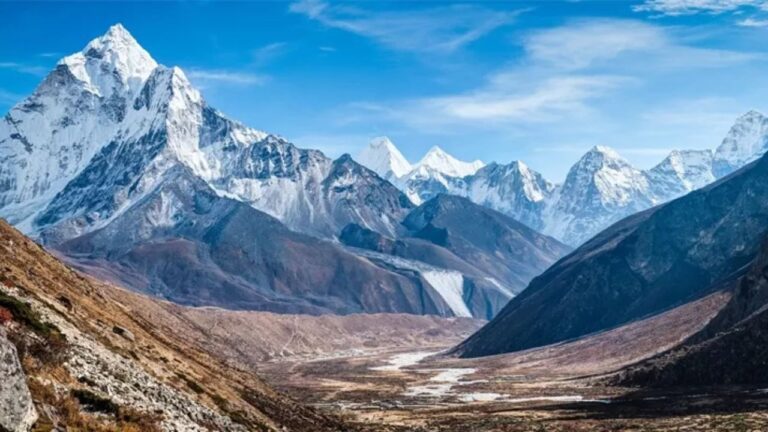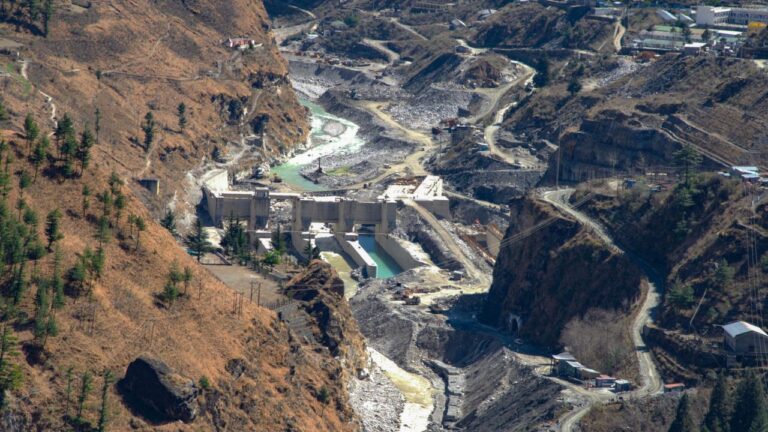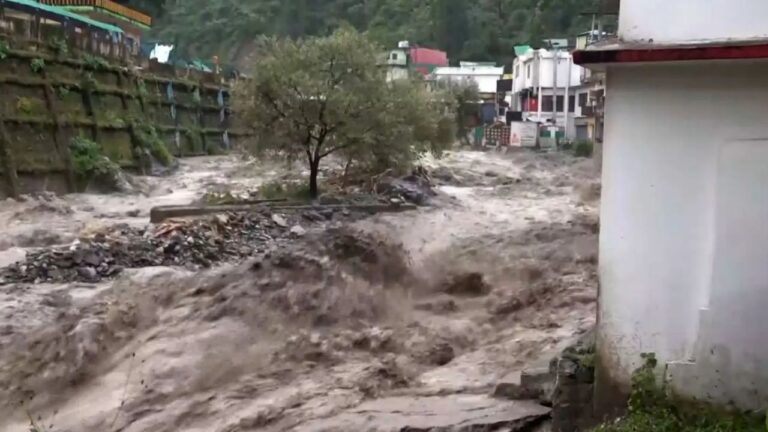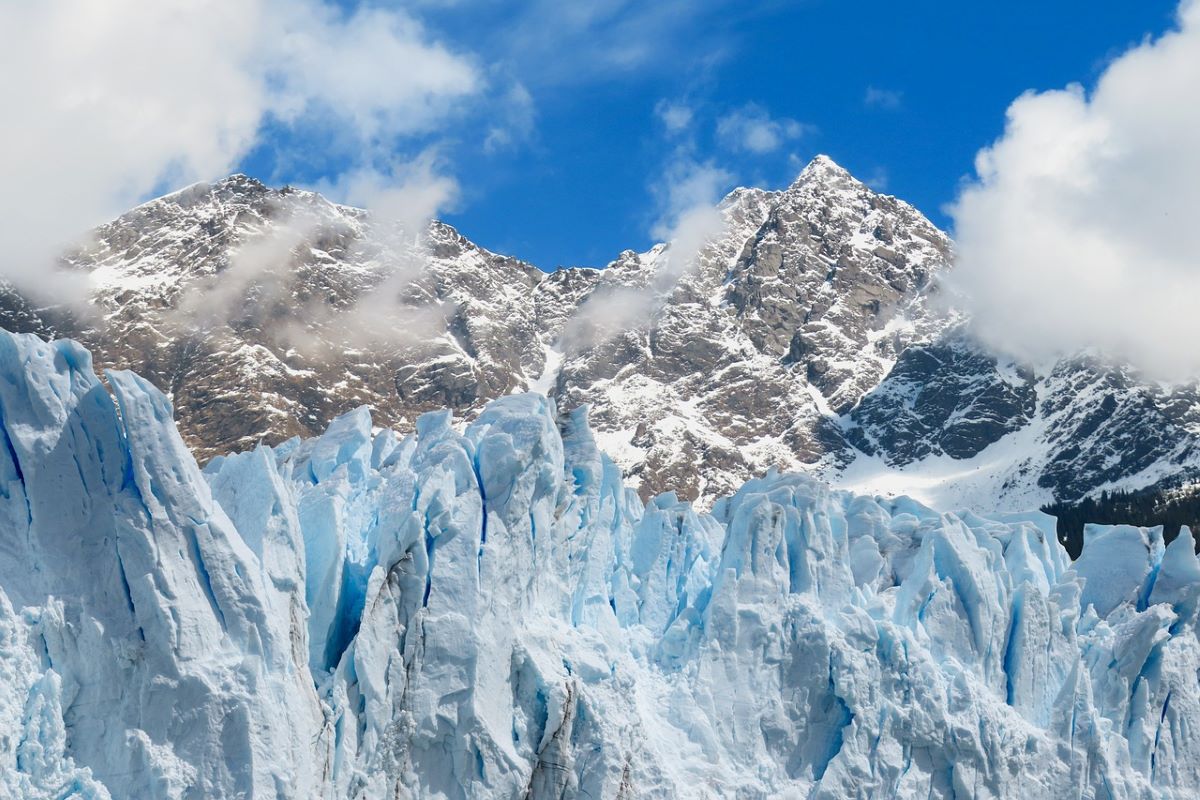
Water Crisis: Melting Glaciers in Himalayas Pose Dire Threat to Water Supply in North India, Report Warns (Photo Source: Pixabay)
Glaciers in the Hindu Kush Himalayan mountain ranges are rapidly melting at unprecedented rates, posing severe risks to the region’s ecosystems and human populations, according to a new report released by the Kathmandu-based International Centre for Integrated Mountain Development.
The report highlights that if greenhouse gas emissions are not significantly reduced, the glaciers could lose up to 80% of their current volume by the end of this century. This alarming rate of melting would have severe consequences, including an increased likelihood of flash floods and avalanches in the coming years.
Furthermore, the availability of freshwater would be significantly affected for approximately 2 billion people living downstream of the 12 rivers originating from these mountains.

The Hindu Kush Himalayan ranges serve as a crucial water source for the rivers that flow through 16 Asian countries, providing freshwater to 240 million people in the mountains and an additional 1.65 billion people living downstream. However, the melting glaciers and reduced snow cover due to global warming are diminishing this vital water supply.
Amina Maharjan, one of the report’s authors and a migration specialist, emphasized that the communities residing in these mountains, who have had minimal contribution to global warming, are facing substantial risks due to climate change. The report expresses deep concern over the inadequacy of current adaptation efforts and emphasizes the urgent need for greater support to help these vulnerable communities cope with the challenges.

The study reveals several alarming findings. It indicates that the Himalayan glaciers have disappeared 65% faster since 2010 compared to the previous decade. The reduction in snow cover caused by global warming will further reduce the availability of freshwater downstream. The report also identifies 200 glacier lakes in the region as dangerous, predicting a significant increase in glacial lake outburst floods by the end of this century.
Furthermore, the report emphasizes that the impact of climate change on Himalayan communities is disproportionately severe compared to other regions of the world. The changes observed in the glaciers, snow, and permafrost of the Hindu Kush Himalayan region are unprecedented and largely irreversible, further exacerbating the vulnerability of these communities.
The effects of climate change are already being acutely felt by Himalayan communities. Earlier this year, the town of Joshimath in India experienced sinking, necessitating the immediate relocation of residents. Pam Pearson, director of the International Cryosphere Climate Initiative, who was not involved in the report, explains the gravity of the situation. Once the ice in these regions melts, restoring it to its frozen state becomes extremely challenging. The continuous loss of mass from the Himalayan glaciers is a process that will persist for an extended period before stability can be achieved.
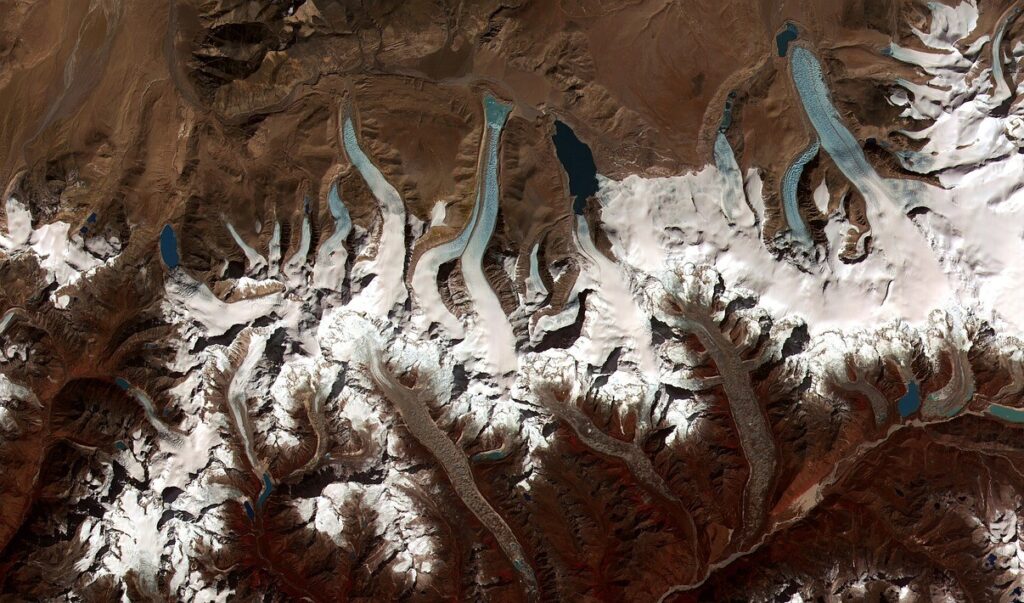
Pearson emphasizes the critical need to limit global warming to the 1.5 degrees Celsius target agreed upon at the 2015 Paris climate conference. She expresses concerns that policymakers may not be taking this goal seriously, while irreversible changes in the cryosphere are already underway.
The report serves as a stark reminder of the urgent actions required to mitigate climate change and protect vulnerable regions like the Hindu Kush Himalayas. It calls for increased support and concerted efforts from policymakers, scientists, and communities to address the challenges posed by melting glaciers and ensure a sustainable future for the people and ecosystems dependent on these mountains.

